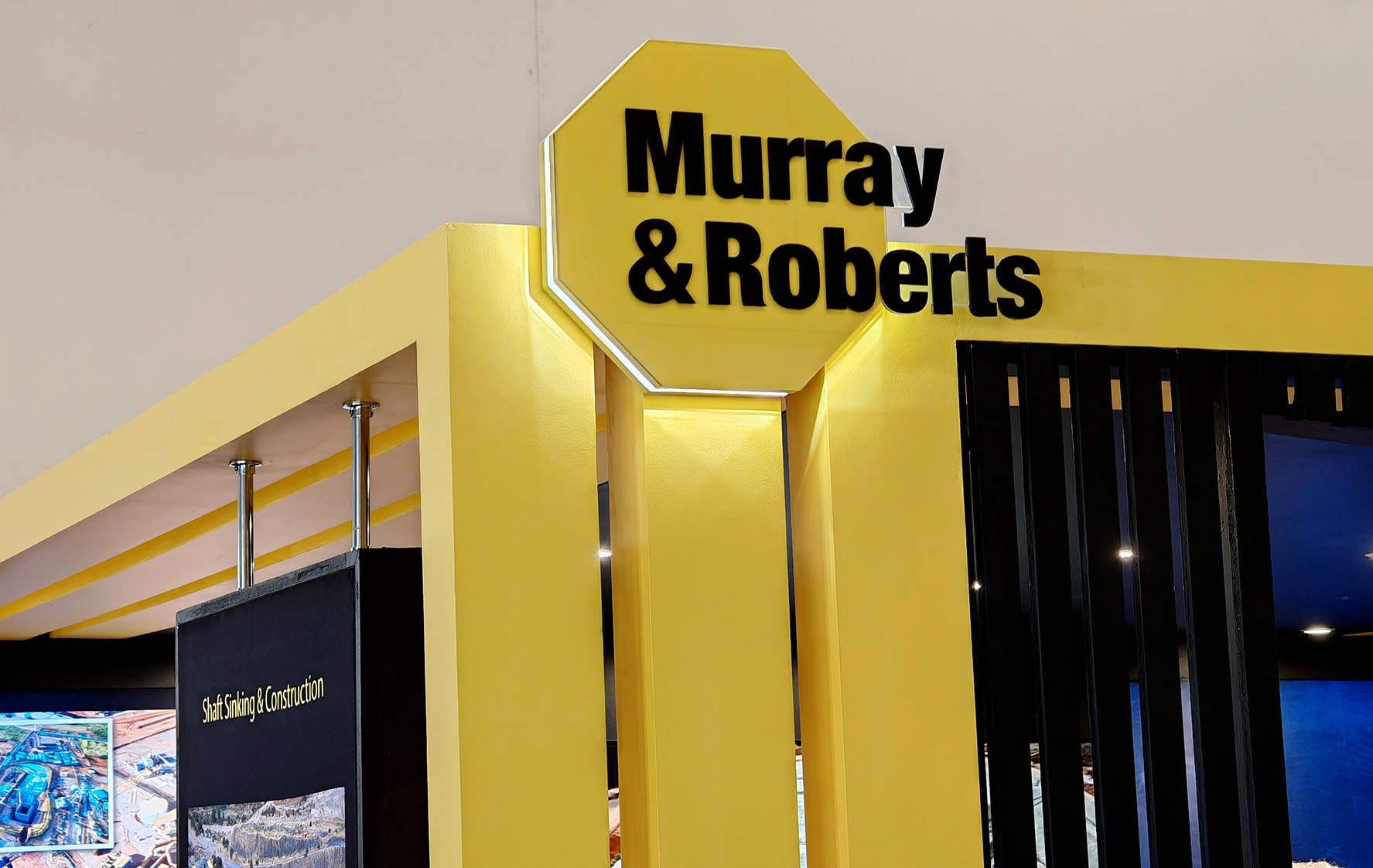Creditors supported a business rescue plan by an overwhelming majority – 99.7% – in Monday’s vote, paving the way for the sale of Murray & Roberts Limited's key assets, specifically The Cementation Company (Africa) and Murray & Roberts United Kingdom.
It’s important to make these distinctions because for public shareholders of the (completely different) listed entity Murray & Roberts Holdings Limited, the news is particularly grim.
As Daily Maverick reported previously, according to the business rescue plan, the proceeds from the asset sales "will not realise sufficient cash to settle all creditors," meaning there will be no distribution whatsoever to shareholders.
Read more: Investors smell mining asset blood in Murray & Roberts business rescue details
The implementation of the business rescue plan will likely render MRH "commercially insolvent," according to the company's interim results announcement.
In response, the board of directors intends to recommend to shareholders that a "creditors' voluntary winding up of the company be pursued" following implementation of the rescue plan.
Basically: shareholders are likely to lose their entire investment.
What this means for public shareholders:
- If you're a public shareholder of Murray & Roberts Holdings Limited (MRH), here's what you need to know:
- Your shares are likely worthless: The business rescue plan explicitly states there will be no distribution to shareholders from the sale of MRL's assets, as the proceeds won't even fully cover creditor claims.
- Winding up is coming: The board will recommend a "creditors' voluntary winding up" of MRH, which means the listed company will be dissolved once creditors are paid whatever can be recovered.
- No recovery mechanism: Unlike creditors, who will receive at least partial payment, shareholders sit at the bottom of the payment priority hierarchy. When a company becomes insolvent, equity holders typically lose their entire investment.
- Timeline: While exact dates haven't been announced, the implementation of the business rescue plan and subsequent winding up process will likely move quickly now that creditor approval has been secured.
- Tax implications: Shareholders may be able to claim a capital loss for tax purposes once the shares are officially worthless. Consult a tax professional regarding your specific situation.
- Lessons learned: This case highlights the risks of equity investment – especially in sectors like construction and mining that are susceptible to major contract disruptions and cyclical downturns.
For many long-term investors in Murray & Roberts, this outcome represents the final chapter in what has been a difficult journey in recent years, as the once-dominant construction firm struggled to reinvent itself after the construction boom that preceded the 2010 FIFA World Cup.
Anatomy of a collapse
The crisis at the once-mighty construction and engineering group began in November 2024 when De Beers dramatically descoped its contract with Murray & Roberts Cementation. This contract represented more than 50% of the division's revenue, triggering what management described as a "liquidity squeeze" across the company's South African operations.
The directors of MRL, the group's primary operating company which includes the OptiPower division, subsequently placed it into business rescue effective 22 November 2024, resulting in MRL and its subsidiaries being deconsolidated from the group's financial results and classified as discontinued operations.
What’s strange is that the company had seemed to be on a recovery path before the crisis struck. By August 2024, the group successfully reduced its debt with the banking consortium from approximately R2-billion to R409-million, with an agreement to repay the remainder by 31 January 2026 through refinancing or non-core asset sales.
However, the De Beers contract loss proved catastrophic for the group's liquidity position. The company's unaudited interim results for the six months ended 31 December 2024 tell the story:
- Continuing operations recorded a significant loss before interest and taxation of R646-million
- Discontinued operations (MRL Group) saw revenue decrease by 30.9% to R4.598-billion
- The group recorded an attributable loss for the period of R1.385-billion
- Total shareholders' equity turned negative at R647-million
What happens next?
With the business rescue plan approved, the implementation phase begins immediately. The moratorium on legal proceedings against MRL continues, and any existing contracts may be suspended or cancelled by the business rescue practitioners under the Companies Act.
For shareholders, the path forward is clear but painful. They should prepare for a formal recommendation to wind up the company, which would complete the dissolution of what was once one of South Africa's premier construction and engineering firms.
The business rescue practitioners believe that despite the inherent risks and challenges, the plan offers the best possible outcome for affected parties – either by rescuing the operating businesses in a restructured form under new ownership or by providing a better return to creditors than immediate liquidation would allow.
However, for equity investors, this rescue comes too late – all signs point to their capital has been effectively wiped out in the process. DM





